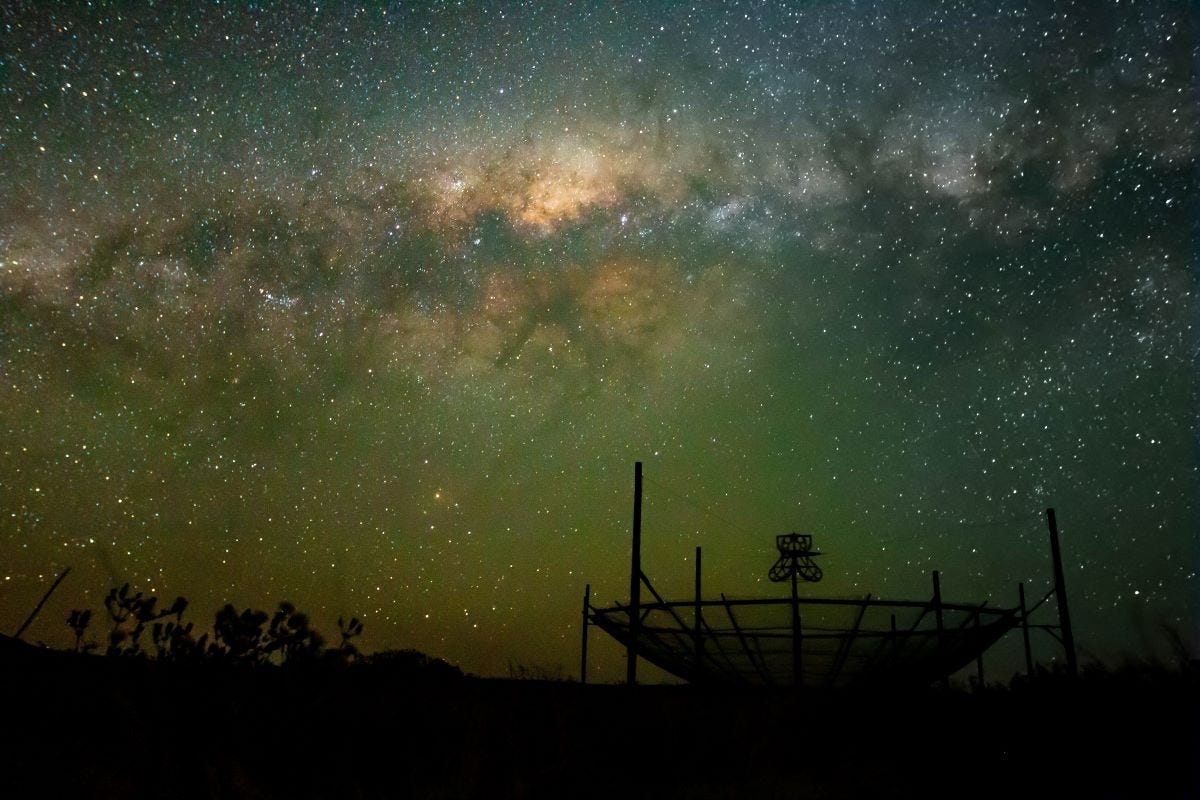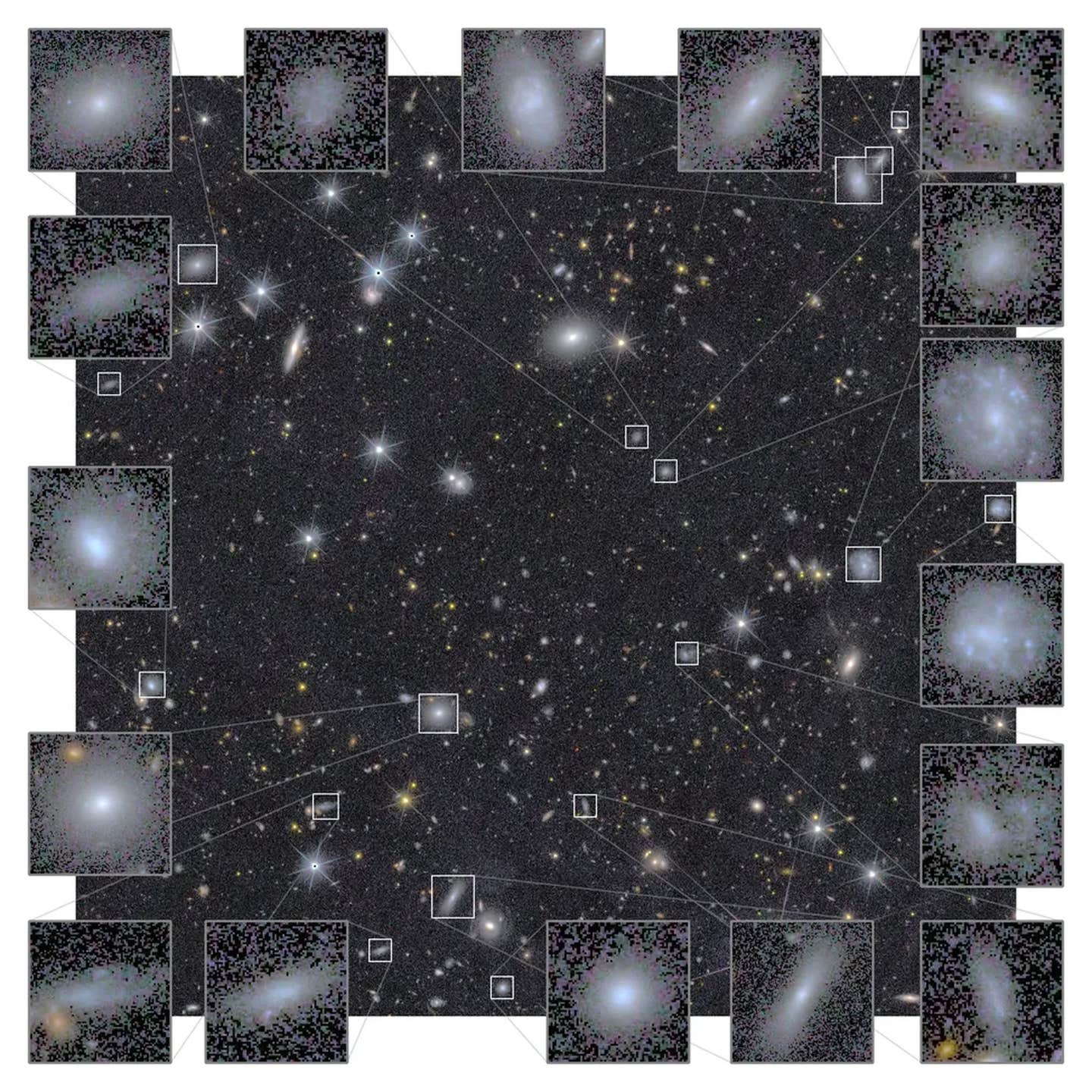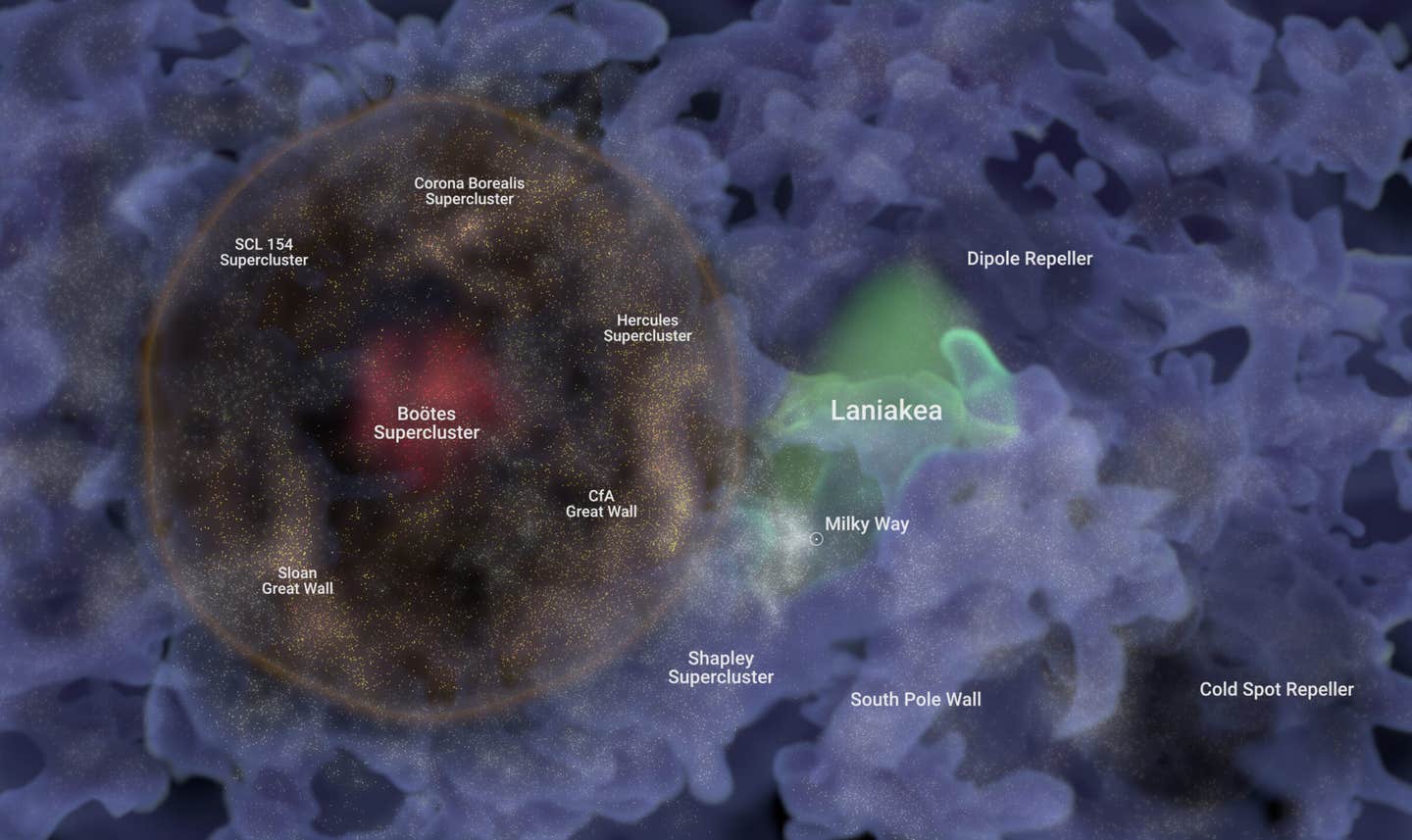Astronomers are close to discovering the secrets of the cosmic dawn
An array of 350 radio telescopes in the Karoo desert of South Africa is getting closer to detecting the “cosmic dawn”

[June 4, 2023: Shirley Cardenas, McGill University]
Astronomers are one step closer to discovering the secrets of the cosmic dawn. (CREDIT: Creative Commons)
An array of 350 radio telescopes in the Karoo desert of South Africa is getting closer to detecting the “cosmic dawn” — the era after the Big Bang when stars first ignited and galaxies began to bloom.
A team of scientists from across North America, Europe, and South Africa has doubled the sensitivity of a radio telescope called the Hydrogen Epoch of Reionization Array (HERA). With this breakthrough, they hope to peer into the secrets of the early universe.
“Over the last couple of decades, teams from around the world have worked towards a first detection of radio waves from the cosmic dawn. While such a detection remains elusive, HERA’s results represent the most precise pursuit to date,” says Adrian Liu, an Assistant Professor at the Department of Physics and the Trottier Space Institute at McGill University.
The array was already the most sensitive radio telescope in the world dedicated to exploring the cosmic dawn.
Related Stories:
Now the HERA team has improved its sensitivity by a factor of 2.1 for radio waves emitted about 650 million years after the Big Bang and 2.6 for radio waves emitted about 450 million years after the Big Bang. Their work is described in a paper published in The Astrophysical Journal.
Although the scientists have yet to detect radio emissions from the end of the cosmic dark ages, their results provide clues about the composition of stars and galaxies in the early universe. So far, their data suggest that early galaxies contained very few elements besides hydrogen and helium, unlike our galaxies today. Today’s stars, have a variety of elements, ranging from lithium to uranium, that are heavier than helium.
Ruling out some theories
When the radio dishes are fully online and calibrated, the team hopes to construct a 3D map of the bubbles of ionized and neutral hydrogen – markers for early galaxies – as they evolved from about 200 million years to around 1 billion years after the Big Bang. The map could tell us how early stars and galaxies differed from those we see around us today, and how the universe looked in its adolescence, say the researchers.
The HERA radio telescope. Credit: Dave DeBoer / Le radiotélescope HERA. (CREDIT: Dave DeBoer)
According to the researchers, the fact that the HERA team has not yet detected these signals rules out some theories of how stars evolved in the early universe. “Our data suggest that early galaxies were about 100 times more luminous in X-rays than today’s galaxies. The lore was that this would be the case, but now we have actual data that bolsters this hypothesis,” says Liu.
Waiting for a signal
The HERA team continues to improve the telescope’s calibration and data analysis in hopes of seeing those bubbles in the early universe. However, filtering out the local radio noise to see the signals from the early universe has not been easy. “If it’s Swiss cheese, the galaxies make the holes, and we’re looking for the cheese,” says David DeBoer, a research astronomer in University of California Berkeley’s Radio Astronomy Laboratory.
One of the 350 dishes that make up the HERA radio telescope. Credit: Dara Storer / L’une des 350 antennes du radiotélescope HERA. (CREDIT: Dara Storer)
“HERA is continuing to improve and set better and better limits,” says Aaron Parsons, principal investigator for HERA and a University of California Berkeley Associate Professor of astronomy. “The fact that we’re able to keep pushing through, and we have new techniques that are continuing to bear fruit for our telescope, is great.”
The HERA collaboration is led by University of California Berkeley and includes scientists from across North America, Europe, and South Africa, with support in Canada from Natural Sciences and Engineering Research Council of Canada, Canadian Institute for Advanced Research, Fonds de recherche du Québec – Nature et technologies, and from the Trottier Space Institute at McGill University. The construction of the array is funded by the National Science Foundation, the Alfred P. Sloan Foundation, and the Gordon and Betty Moore Foundation, with key support from the government of South Africa and the South African Radio Astronomy Observatory (SARAO).
For more science and technology stories check out our New Discoveries section at The Brighter Side of News.
Note: Materials provided above by the McGill University. Content may be edited for style and length.
Like these kind of feel good stories? Get the Brighter Side of News' newsletter.
Joseph Shavit
Head Science News Writer | Communicating Innovation & Discovery
Based in Los Angeles, Joseph Shavit is an accomplished science journalist, head science news writer and co-founder at The Brighter Side of News, where he translates cutting-edge discoveries into compelling stories for a broad audience. With a strong background spanning science, business, product management, media leadership, and entrepreneurship, Joseph brings a unique perspective to science communication. His expertise allows him to uncover the intersection of technological advancements and market potential, shedding light on how groundbreaking research evolves into transformative products and industries.



